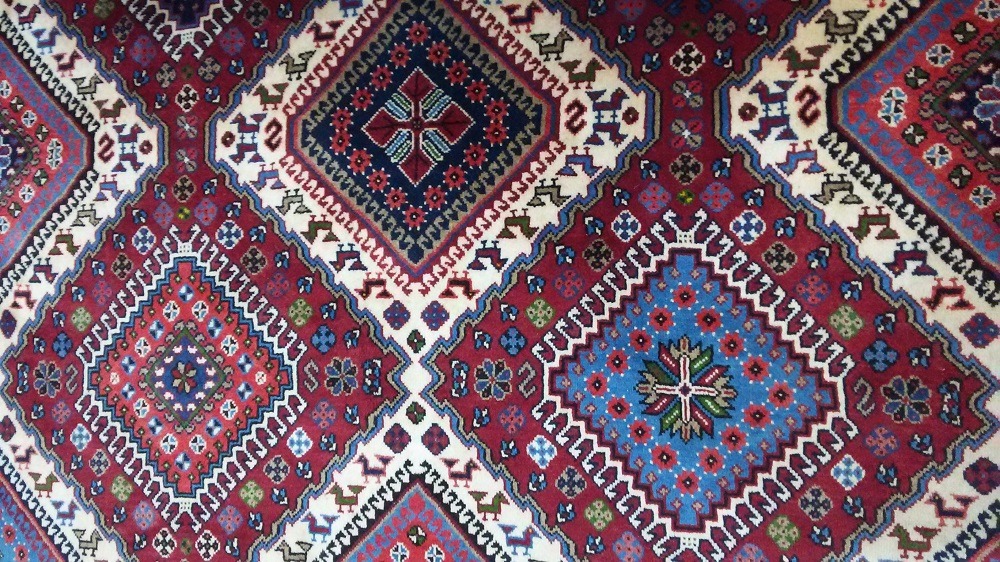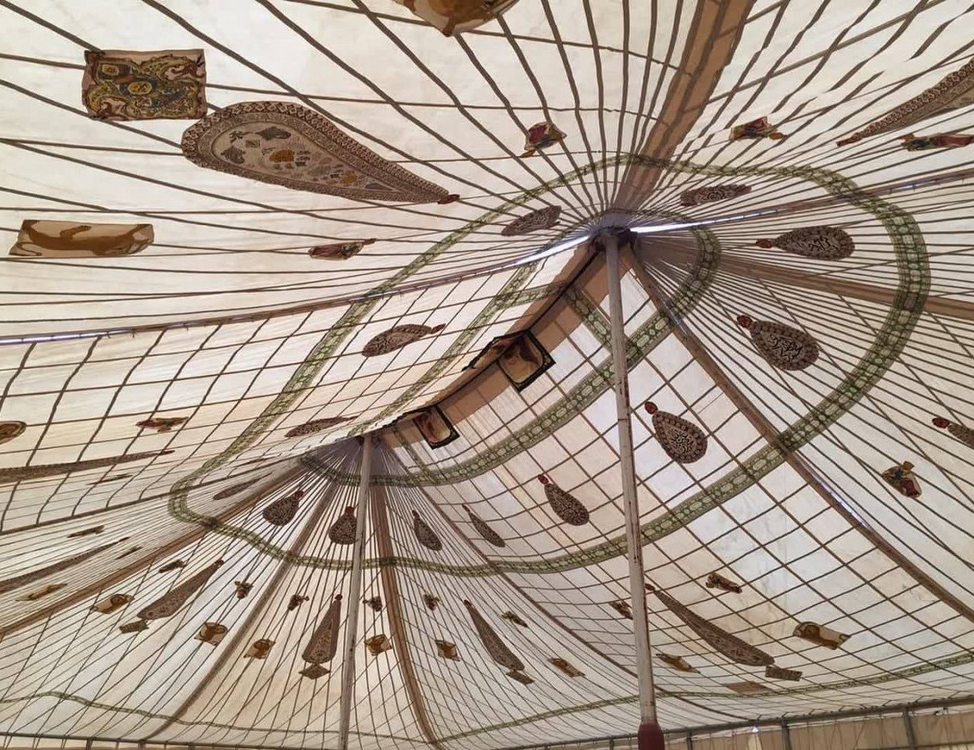
Tabriz Carpet, the Most Elegant Iranian Carpet
Many types of handicrafts are produced in Tabriz but the fame of Tabriz carpet cannot be compared with other handicrafts of this city. Tabriz carpet, with its unique patterns, has been known all over the world, since the distant past.
Tabriz carpet has a long history. Undoubtedly, the history of carpet weaving in Tabriz dates back to before the Safavid era (16th century AD), but in this period, with the expansion of the art of carpet weaving, Tabriz carpet also experienced rapid growth. Attention to this art during the Safavid era made the craftsmen come up with more patterns and designs used in weaving their carpets and Tabriz carpets found their way to new lands. During this period, the Tabriz carpet became an exquisite product and was used to decorate the court of kings.
Features of Tabriz Carpet
Carpet Loom
Tabriz carpet is woven using vertical looms, but some nomads use horizontal looms because carrying them from one place to another is easier. To weave a carpet, the weaver usually sits on a board and puts the knots based on a previously prepared design or the one he/she has in his/her mind.
Dimensions of Tabriz Carpet
Tabriz carpets with particular dimensions such as 2 by 3 meters, 2.5 by 3.5 meters, and 3 by 4 meters are more popular. In the past, other dimensions were also used for making Tabriz carpet but today, designs and looms are made in such a way that they are included in one of these three popular sizes. In recent years, circular and polygonal carpets have also become popular. What stands out in the Tabriz carpet more than other features is the combination of different colors in such a way that makes it look lively.
Designs of Tabriz Carpet
Among the different designs of Tabriz carpets, Mostofi, bergamot arabesque, four-cornered arabesque, bergamot, fish or Herati pattern, vase, Minakhani, tree, pictorial, garden, and chase are more famous. Tabriz carpet designs are usually full of details, and plain space can hardly be seen in them.
In general, Tabriz carpet has more variety and color combinations than other types of Iranian carpet in terms of design and pattern.
Features
The most important feature of carpets woven in Azarbaijan is the use of Turkish knots. Unlike many types of Iranian carpets in which knots are made by hand, in Tabriz carpets, hooks are used for making the knots.
The high density of the texture, which brings more durability and elegance, is one of the most important features of the Tabriz carpet. The use of the Turkish knot is one of the reasons that allows the weaver to create more delicate designs. Moreover, since the height of the pile is shorter in Tabriz carpet, the patterns and designs and the borders between colors are clearer. This feature makes the thickness of the Tabriz carpet to be less than some other Iranian carpets. Due to this feature, Tabriz carpet is less soft and looks a bit dry and rough.
The warp of Tabriz carpet is usually made of cotton and its weft is made of wool. Like many other Iranian carpets, in the Tabriz carpet, two wefts are woven with each knot to increase the strength and resistance of the carpet. Between each row, the wefts are tapped with a tool called “daftin” to compress and give better cohesion to the knots. Then, the extra length of piles is removed with the help of special scissors. More attention is paid to the creation of light shading in new carpets, which gives depth to the designs and makes them clearer than the designs made in the past.
Borders of Tabriz Carpet
In Iranian carpets, borders are usually woven as a frame. Tabriz carpet also has a border, but the style of the border depends on the taste of the designer and the weaver. Some borders consist of three narrow strips, two narrower side strips, and a thicker middle strip. Special motifs are also woven inside each of the strips. Sometimes, a part of the motifs of the main part of the carpet may penetrate the borders.
Attention to the art of carpet weaving during the Safavid era made the craftsmen come up with more patterns and designs used in weaving their carpets and Tabriz carpets found their way to new lands.
| Name | Tabriz Carpet, the Most Elegant Iranian Carpet |
| Country | Iran |
| Cities | |
| Works | Knitting, sewing and textile |
| Registration | Unesco |
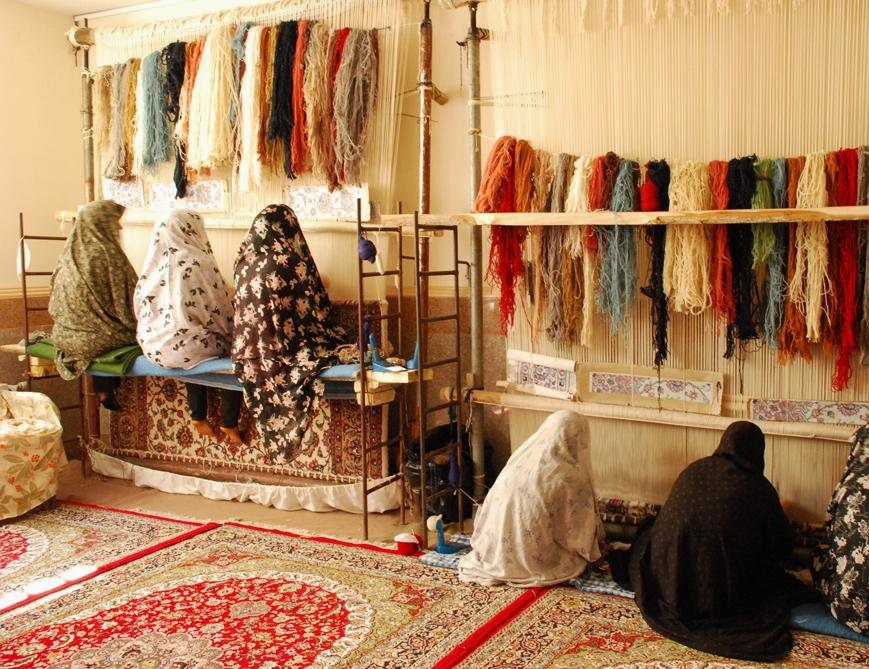
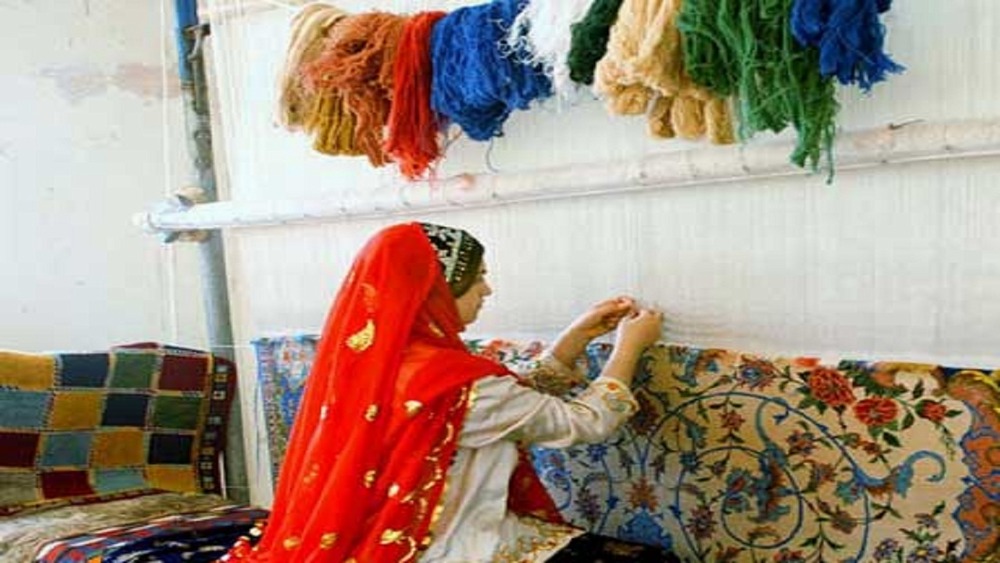
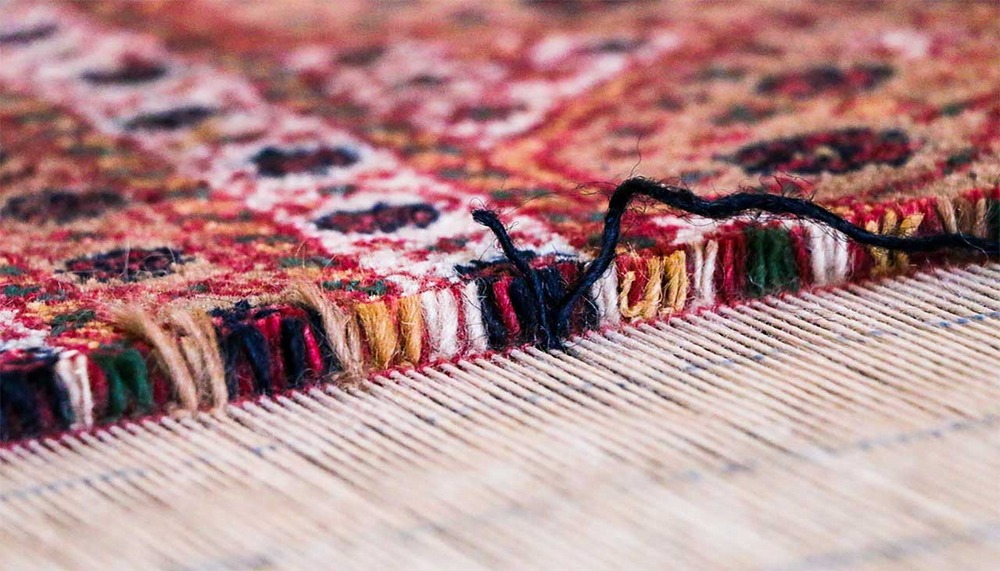





Choose blindless
Red blindless Green blindless Blue blindless Red hard to see Green hard to see Blue hard to see Monochrome Special MonochromeFont size change:
Change word spacing:
Change line height:
Change mouse type:
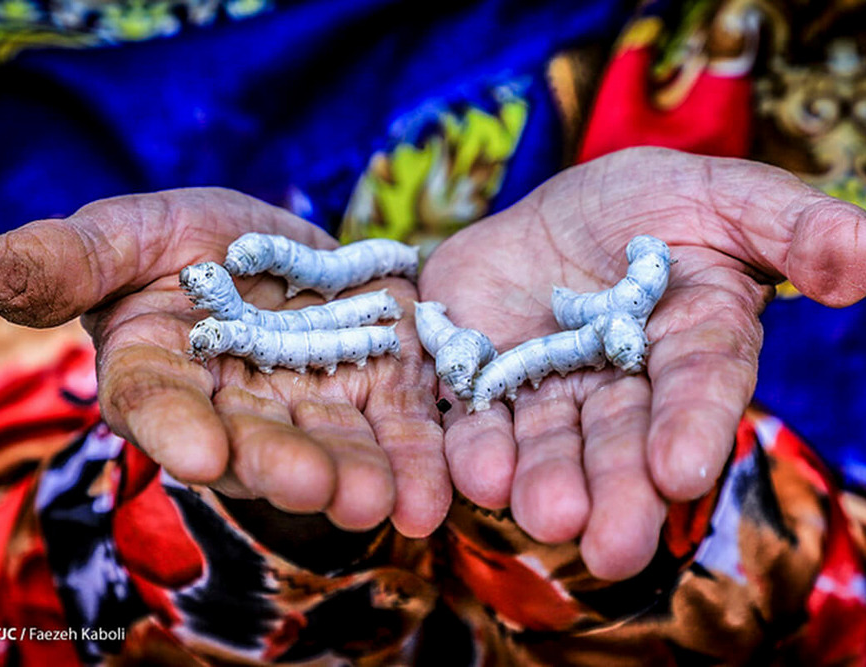
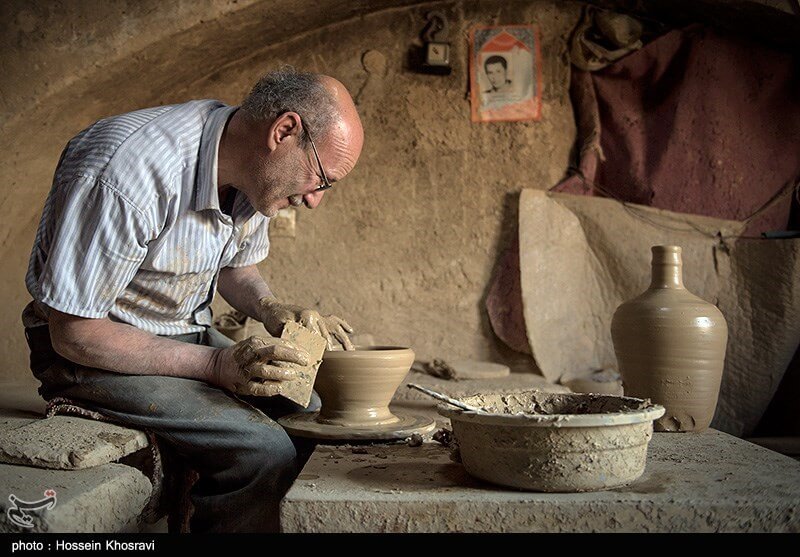
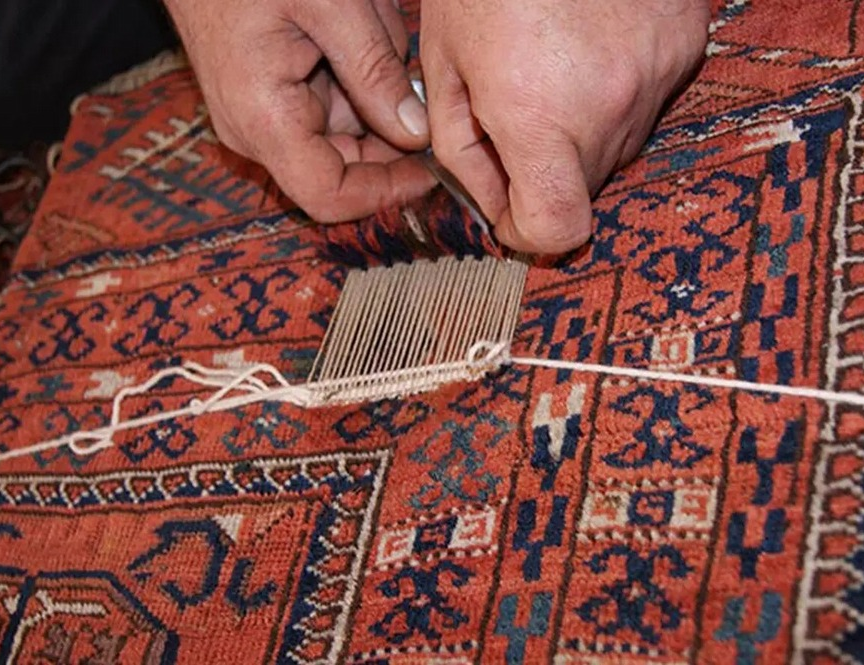
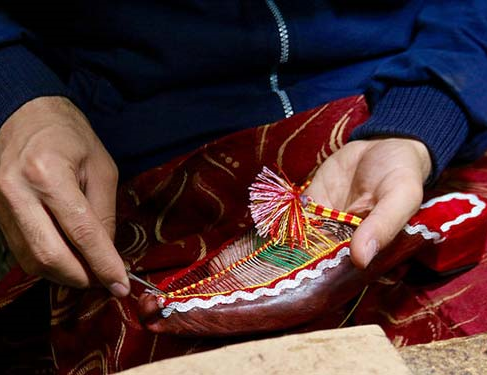
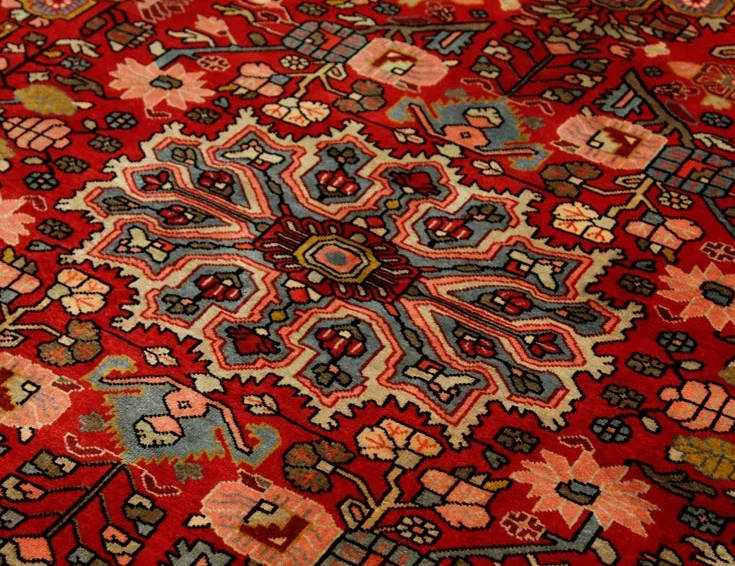
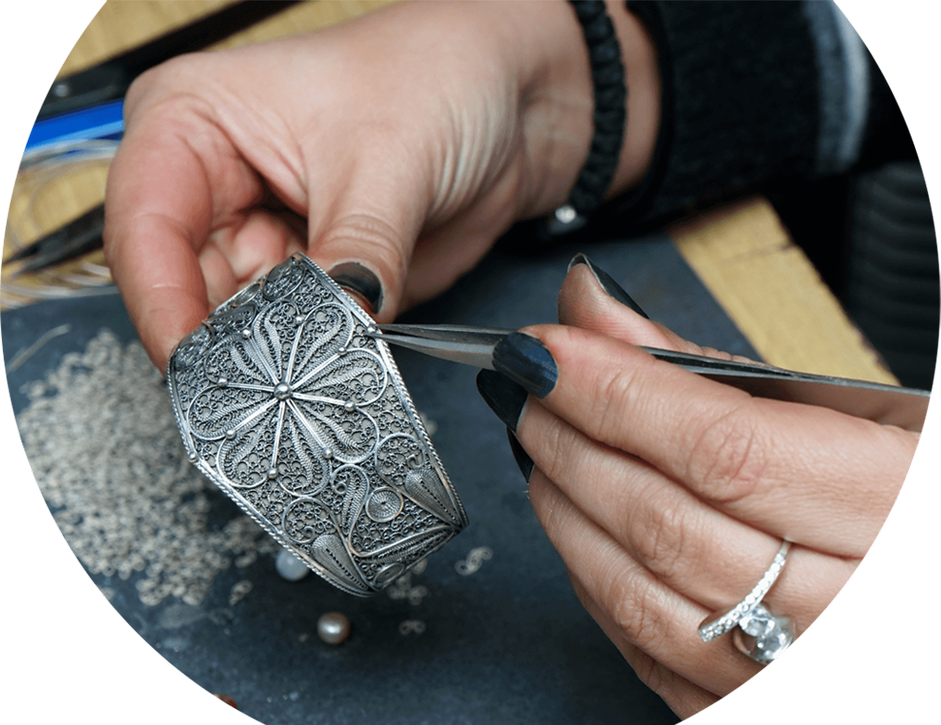
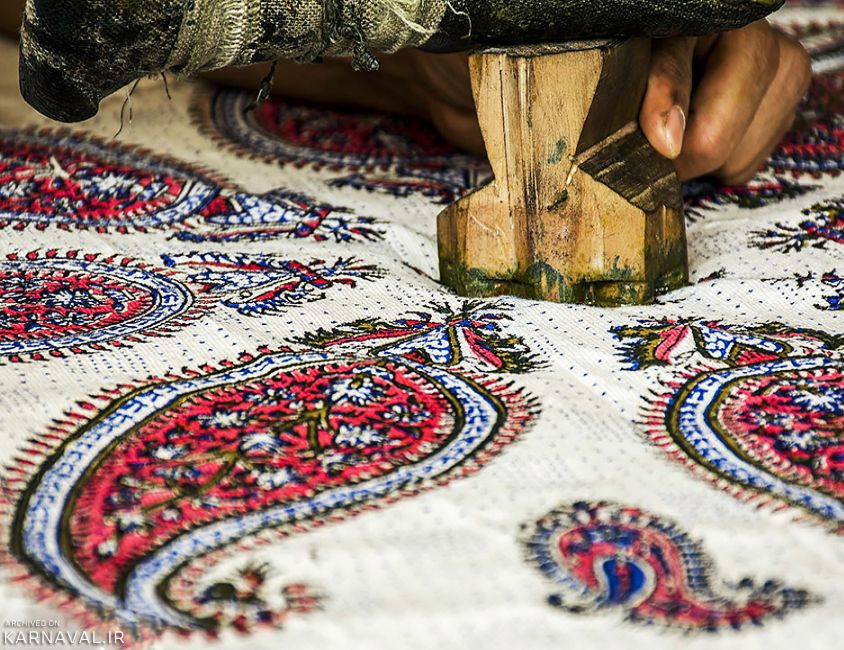



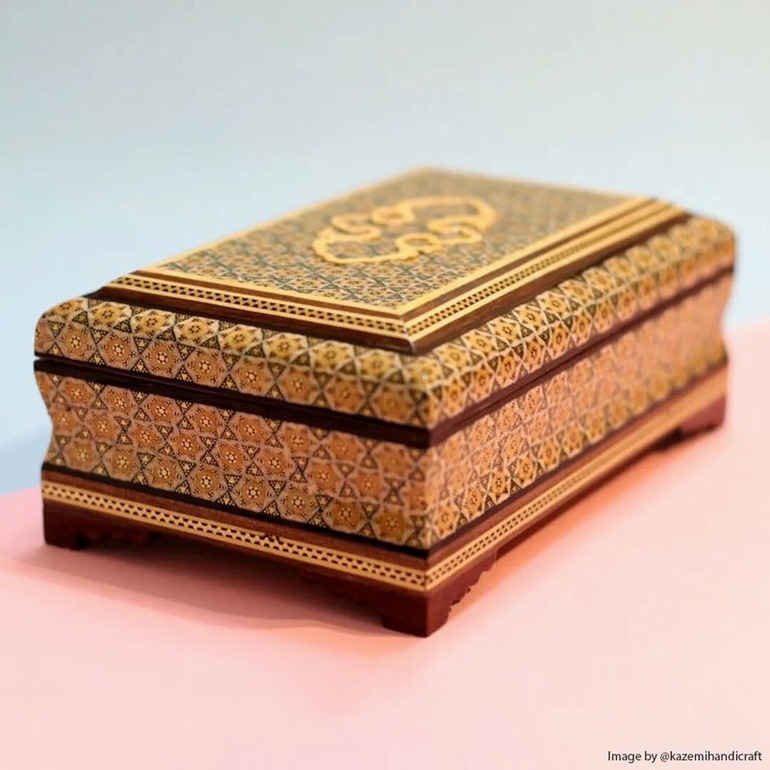

_crop_2.jpg)
